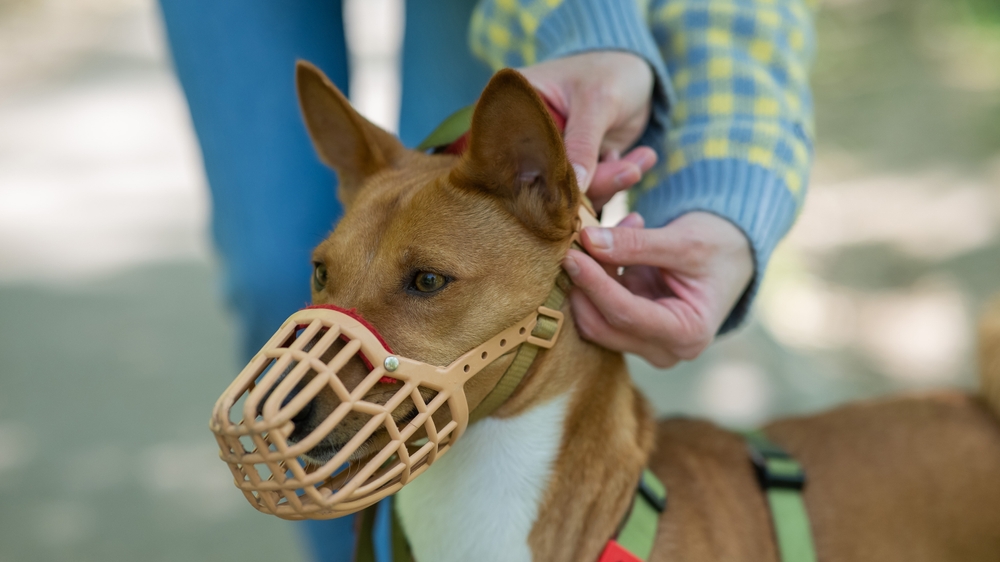Understanding the Need for Muzzling Your Dog at the Vet
Deciding whether your dog needs to be muzzled during a veterinary visit can be a tough choice. Although some dogs may feel anxious, a muzzle might be necessary for their safety and the safety of others.
This guide will help you understand when and why muzzling can be beneficial and how to implement it properly.
Why Muzzle Your Dog at the Vet?
Not all dogs require a muzzle, but in specific situations, it becomes crucial. Here are the primary reasons to consider:
1. If Your Dog Is Fearful
Dogs that are nervous or frightened at the vet may need a muzzle. When your pet is anxious, it’s hard to predict their reaction to unfamiliar sights and sounds.
A muzzle can prevent aggressive behavior, protecting both your dog and the people around them. If your dog tends to react fearfully, using a muzzle can help manage their stress and ensure a safer visit.
2. If Your Dog Is a Bite Risk
For dogs with a history of biting or those who become aggressive when scared, a muzzle is essential. It prevents potential bites and ensures the safety of other pets and veterinary staff.
A well-fitted muzzle can be a key part of managing your dog’s behavior and ensuring a calm, controlled environment.

Choosing the Right Muzzle
Different types of muzzles serve various needs. Here’s what you should know:
Basket Muzzles
These muzzles are ideal for longer wear and allow your dog to eat, drink, and pant. They’re perfect for extended vet visits.
Your dog can wear a basket muzzle for up to 90 minutes, making it suitable for comprehensive examinations.
Soft Muzzles
Soft or slip muzzles are more restrictive and suitable for shorter durations. They limit your dog’s ability to pant, eat, or drink, making them less ideal for long periods.
Use soft muzzles in short intervals of about 15 minutes to prevent overheating.

Training Your Dog to Wear a Muzzle
Proper training helps your dog accept the muzzle without stress. Start by introducing the muzzle in a positive, calm environment. Let your dog see and interact with the muzzle while rewarding them with treats.
Gradually progress to placing the muzzle on and off, always rewarding your dog to build positive associations.
Consistent training will make vet visits smoother and less intimidating for your dog.
Consulting Your Vet
Before your visit, consult with your veterinarian about muzzle use. They may offer additional advice or provide a suitable muzzle if you don’t have one.
Inform them about your dog’s specific needs and behavior to ensure they are prepared and informed.

Conclusion
Muzzling can be an effective safety measure for nervous or aggressive dogs at the vet.
Understanding when and how to use a muzzle, along with proper training, can make a significant difference in your dog’s veterinary experience.
Always choose the right muzzle type and consult with your vet for personalized advice.
For further reading on dog muzzle safety, check out these resources:
Sources
Feel free to reach out if you have any questions or need further assistance with your dog’s muzzle training.
The post Why Do Some Dogs Need to Be Muzzled at the Vet? Essential Vet-Approved Reasons & Guide appeared first on Dogs Vets - Trending Dogs Stories.